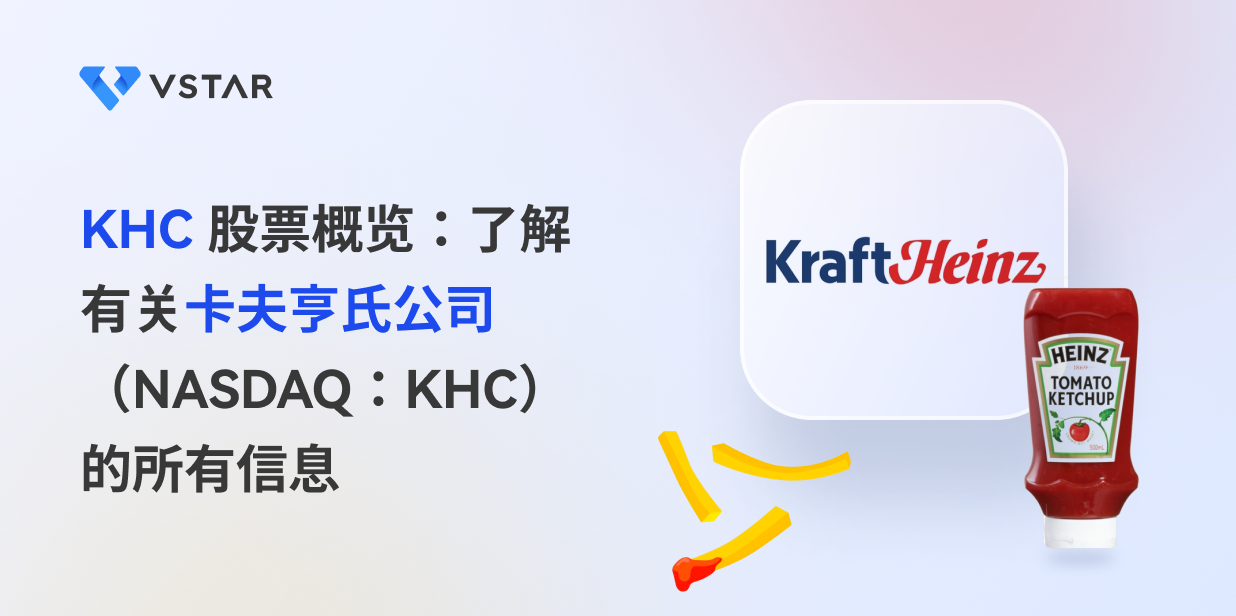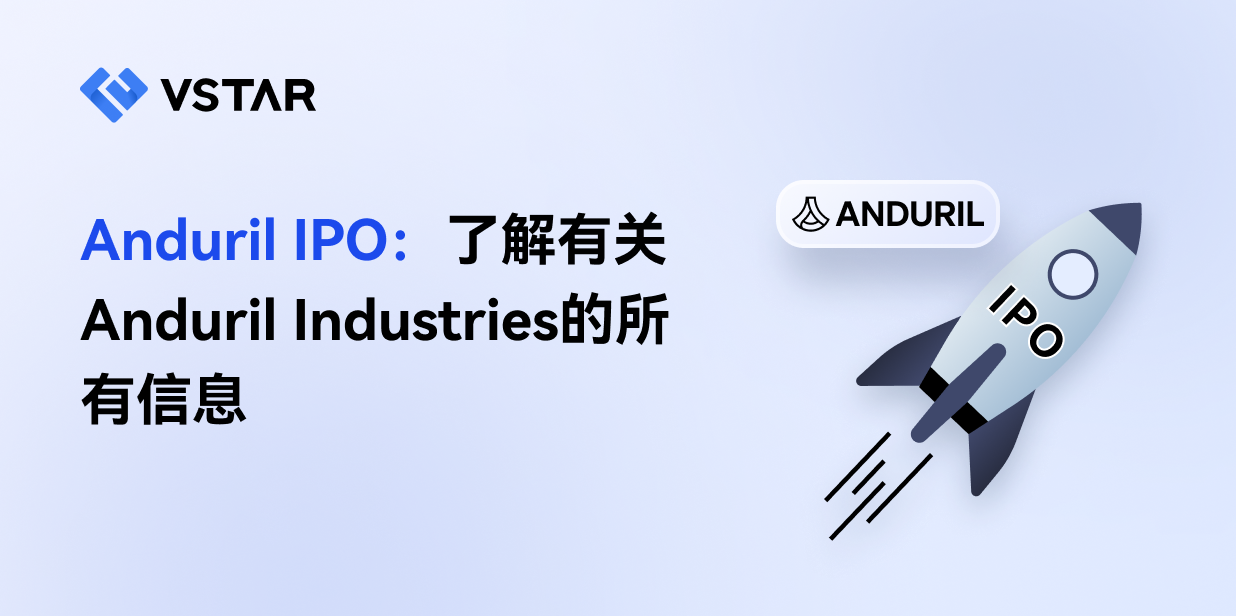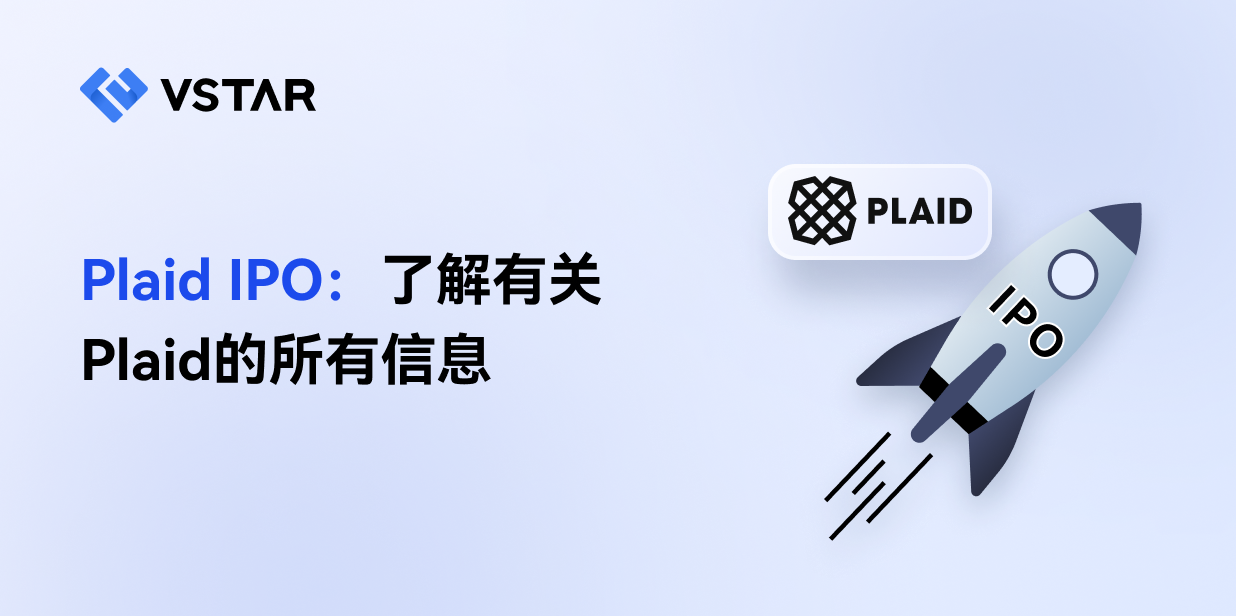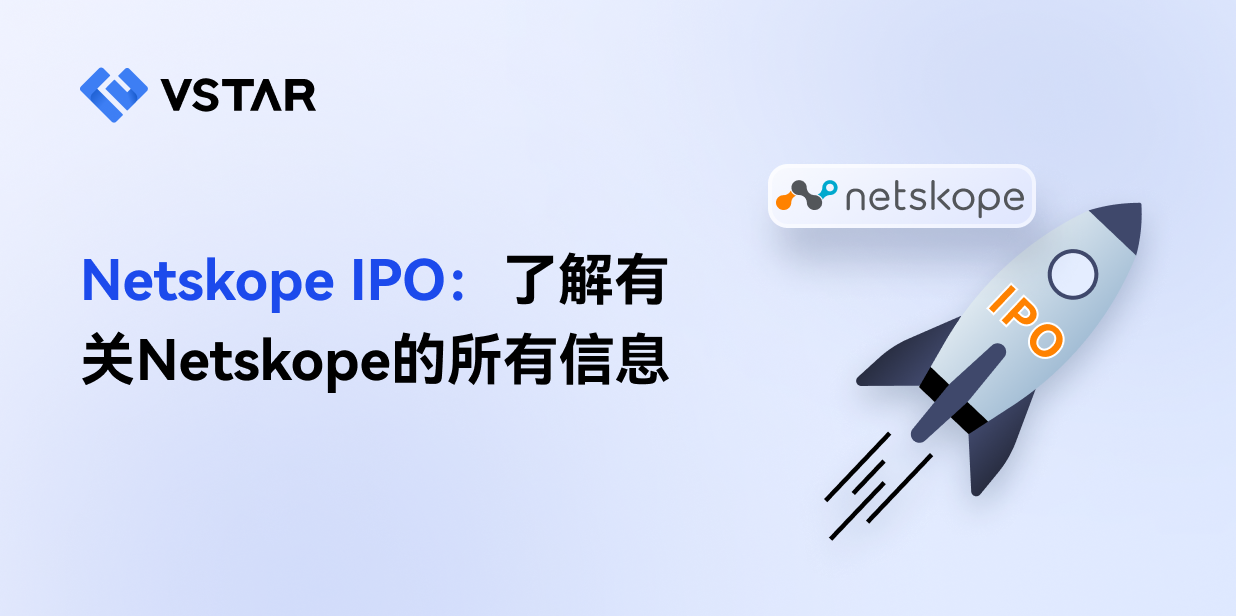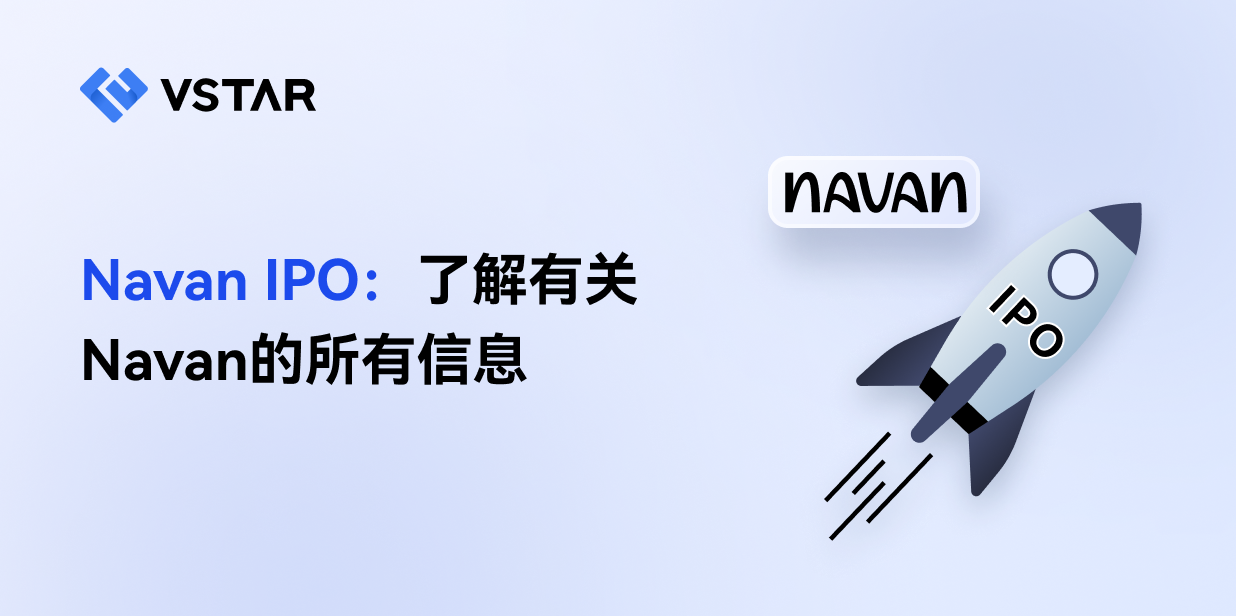卡夫亨氏作为一家消费品公司而享有盛誉,其产品种类繁多,适合任何家庭使用。但在过去的五年里,卡夫亨氏的股票遭受了重创。自 2017 年以来,KHC 股票向投资者提供了超过 -42% 的回报,而同期标准普尔 500 指数的回报率为 80%。该公司的资产负债表也有很多不足之处。但面对近期和中期的挑战,卡夫亨氏和公司专注于创新。
其首席执行官米格尔·帕特里西奥 (Miguel Patricio) 卸任,由其北美分公司总裁卡洛斯·艾布拉姆斯-里维拉 (Carlos Abrams-Rivera) 接任,卡洛斯·艾布拉姆斯-里维拉在疫情期间成功管理了该公司的业务。此外,该公司还宣布计划斥资 4 亿美元建设一座自动化消费品配送中心,以增加对客户的供应量。为了满足消费者对更便宜产品的需求,KHC已暂停涨价,以影响消费者坚持使用该品牌。这足以在 2023 年扭转局势吗?让我们来看看。
卡夫亨氏如何开始
卡夫亨氏公司是世界第五大食品和饮料公司,是经过多年收购和接管的结果。最初,卡夫亨氏是两家独立的公司,由詹姆斯·刘易斯·卡夫 (James Lewis Kraft) 和亨利·约翰·亨氏 (Henry John Heinz) 分别于 1903 年和 1869 年创建。卡夫公司最初主要专注于销售奶酪,后来扩大了其产品范围,包括流行的产品,如三角巧克力、奥斯卡·梅耶肉类、雅各布斯和麦克斯韦咖啡以及吉百利牛奶巧克力。另一方面,亨氏出售膳食、婴儿食品、酱汁、标志性番茄酱和零食。两家公司于 2015 年合并,总部分别位于伊利诺伊州芝加哥和宾夕法尼亚州匹兹堡。
那么现在谁拥有卡夫亨氏呢?卡夫亨氏由机构投资者拥有和控制。伯克希尔哈撒韦公司持有该公司最大股份,占 26.65%,其次是 3G Capital、Vanguard 和 BlackRock Fund Advisors。
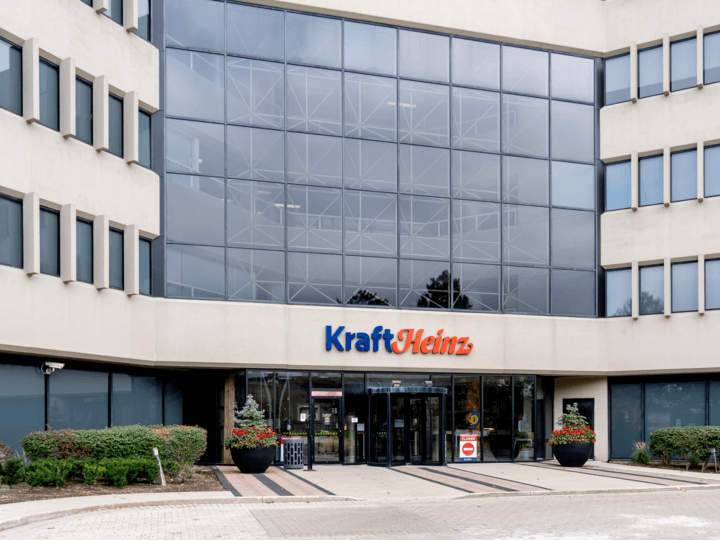
来源: Seeking Alpha
商业模式和服务
为了在消费品市场继续增长,卡夫亨氏面向食品服务提供商、家庭和工业客户提供优质而方便的食品选择。 卡夫亨氏产品以实惠的价格出售,并通过公司的分销渠道方便地为全球广大客户提供。
此外,KHC 还专注于进行战略收购和收购,以扩大其业务领域并为客户提供更广泛的产品。 与此同时,该公司与研究公司建立了有意义的关系,以持续关注产品开发并定期向市场推出新产品。
产品与服务
这些是卡夫亨氏公司旗下的产品:
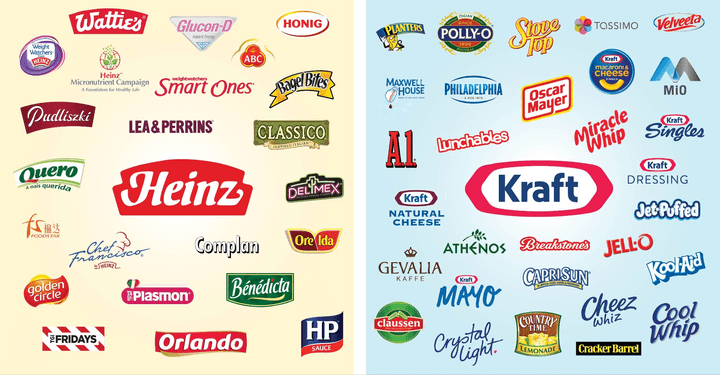
来源: My Food and Family
卡夫亨氏公司的财务状况
卡夫亨氏的品牌声誉和强大的产品组合使其能够在不严重影响销售的情况下提高价格。这有助于其在 2022 年保持财务可行性,市值达到 401.7 亿美元。 2022年最后一个季度,该集团收入增长10.02%,达到73.8亿美元,这一趋势持续到2023年。2023年第一季度,收入和净利润分别同比增长7.34%和7.73%,达到64.9亿美元8.36 亿美元。这些数字在 2023 年第二季度有所改善,净利润增至 10 亿美元,收入增至 67.2 亿美元。 KHC 在第二季度财报发布期间指出,其调整后 EBITDA 为 16 亿美元,同比增长 6%,调整后每股收益较去年增长高达 13%。
尽管有这些数字,卡夫亨氏还是感受到了价格上涨的压力。有足够多的客户坚持使用卡夫亨氏以保持其收入和利润稳定,但其他客户则转向更便宜的替代品,导致 2023 年第二季度销量下降 7%。
KHC 资产负债表
合并后,卡夫亨氏专注于削减成本措施以改善其资产负债表,并成功做到了这一点。到2022年,长期债务从2020年的285.5亿美元降至198.2亿美元。同期,其总负债和股东权益也从998.3亿美元减少至905.1亿美元。然而,其债务仍然很高,足以使该公司在经济状况恶化的情况下变得脆弱。
此外,自 2018 年以来,KHC 的总资产一直在稳步下降,从 1034.6 亿美元降至 2023 年第二季度末的 909.5 亿美元,这表明资产正在被出售。例如,卡夫亨氏去年将其 B2B 粉状奶酪业务出售给凯爱瑞集团,并将其在俄罗斯的婴儿食品业务出售给零食制造商 Chernogolovka。 2019年,其加拿大天然奶酪业务和印度饮料品牌也被出售。此外,KHC 于 2021 年废除了其坚果品牌 Hormel,所有这些都是为了减少债务。
关键指标和比率
让我们看看卡夫亨氏与其竞争对手相比的关键指标:
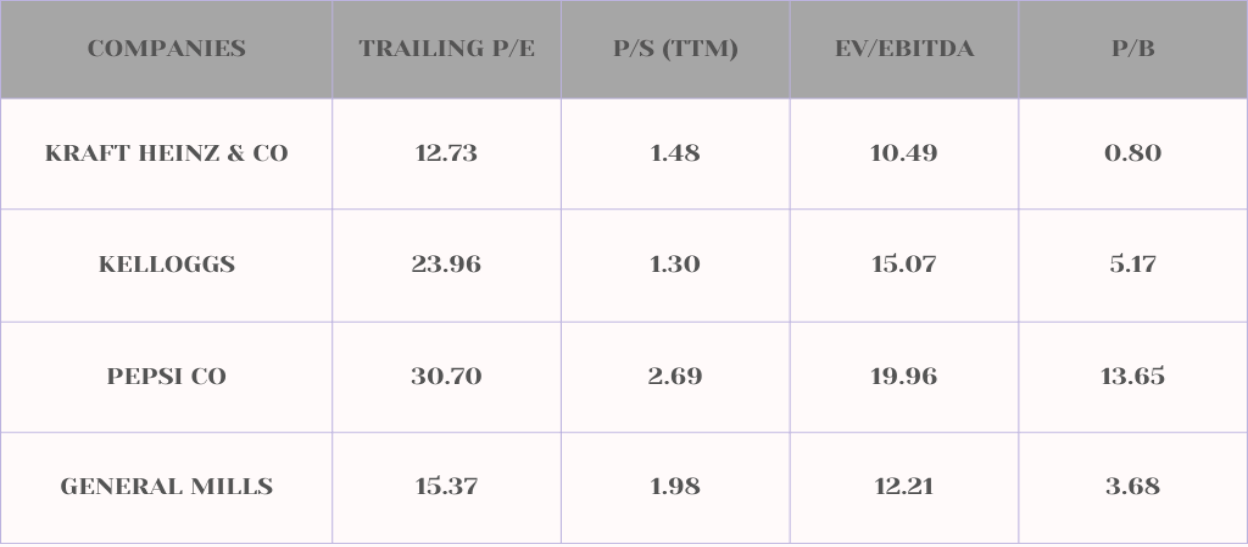
根据这些估值指标,与竞争对手相比,KHC 股票的估值合理。该公司近期面临一些影响卡夫亨氏股价及其估值的挑战。
KHC 股票值得投资吗?
KHC股票交易信息
主要交易所和交易所股票代码:纳斯达克股票代码:KHC
国家和地区货币:美国(美元)
交易时间:投资者可以在盘前(东部时间上午 4:00 - 上午 9:30)和盘后市场(东部时间 4:00 - 晚上 8:00)进行交易</p >
KHC 股票分割:不适用
KHC 股息:卡夫亨氏支付 0.40 美元的季度股息,年度股息收益率为 4.92%。
KHC 自 IPO 以来的股票表现
2015 年成立后,KHC 股票在纳斯达克以每股 51 美元的价格开始交易,在市场其他股票下跌时上涨了 3.5%。到 2017 年 2 月,其价格达到 96.65 美元的峰值,但无法继续上涨。该公司在增加销售额和利润方面的努力对其股价造成了影响,并且未能迅速扭转局面。
2019 年,KHC 报告上一年亏损 102 亿美元,股价跌至创纪录的 35 美元。在该公司宣布减记其两个最有价值品牌 Oscar Meyer 和 Kraft 的价值,导致净亏损 120 亿美元后,该公司股价再次暴跌超过 20%。随着卡夫亨氏将股息从每股 62.5 美分削减至 40 美分,投资者的情绪也急剧下降。
自2015年合并以来,卡夫亨氏股价一直处于下跌趋势,下跌了54.15%。该股今年也下跌了 19.69%,从 1 月份的 40.78 美元跌至 2023 年 9 月的 32.55 美元。其 52 周高点为 42.80 美元,较当前股价高出 31.49%。此外,KHC 股价较 52 周低点 32.42 美元上涨 0.4%,较 52 周平均价格 37.71 美元下跌 15.85%。
KHC 股票预测
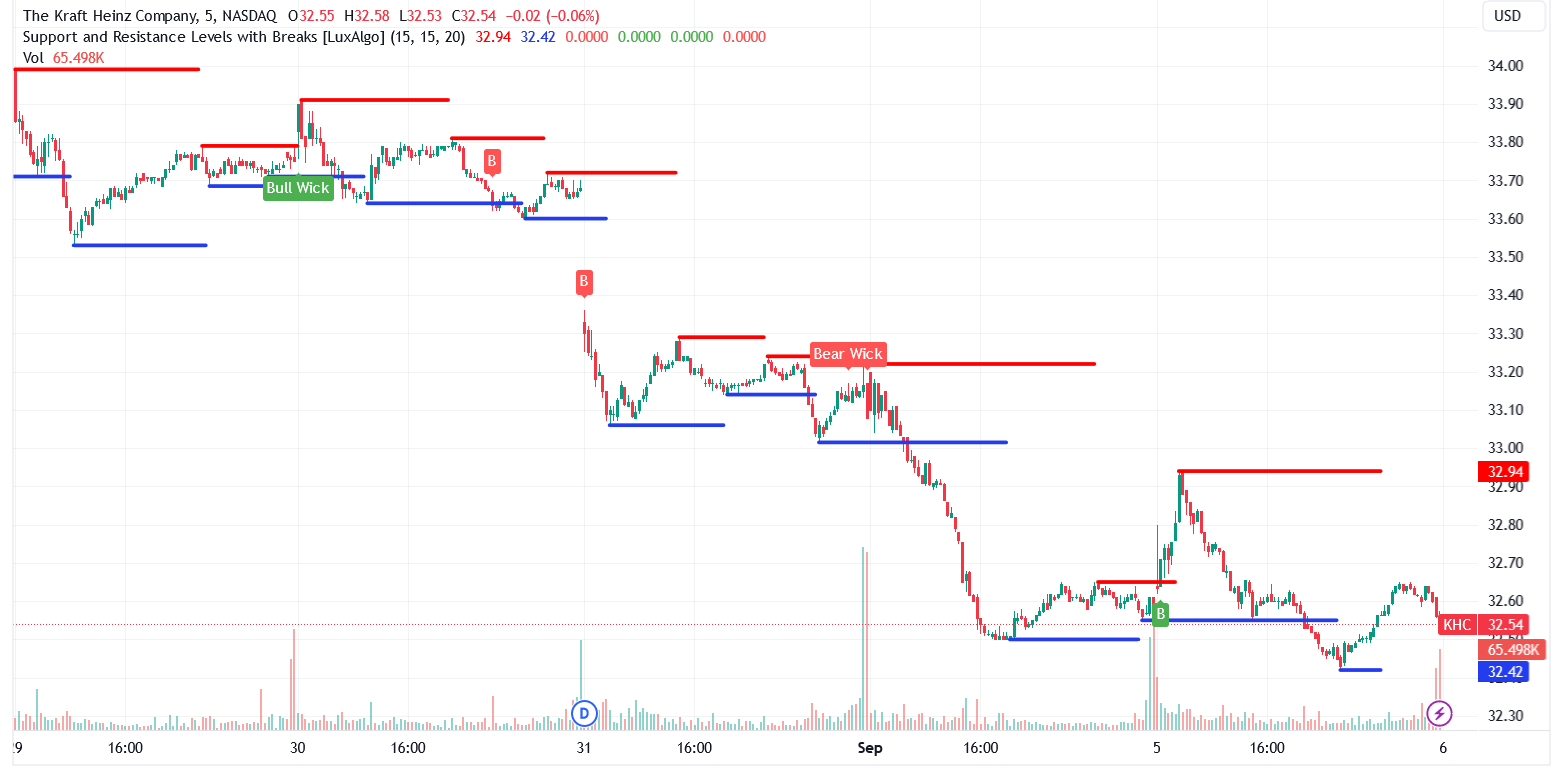
KHC 股票股息收益率使其对投资者有吸引力,但鉴于其目前的困境,投资分析师持中立态度。目前 22 名分析师一致认为暂时持有卡夫亨氏股票。 KHC 股价仍在 32.42 美元和 34 美元的支撑位和阻力位区间内交易,表明短期内不会发生重大价格变化。
分析师预测中位目标价为 40 美元,较当前股价上涨 22.93%,最低预期为 37.90 美元。如果今年股价确实上涨,分析师预计 KHC 股价到年底可能会攀升至 48 美元。
卡夫亨氏面临的挑战和机遇
竞争风险
- 强大的竞争对手:KHC 正在与 Costco 的 Kirkland Signature 和沃尔玛的 Great Value 等低价替代品竞争。它仍然需要与通用磨坊、雀巢和家乐氏等大型公司竞争。
- 通货膨胀:卡夫亨氏通过逐步调整价格将原材料成本转嫁给客户。这使其能够维持利润率,但消费品行业的竞争非常激烈。消费者正在从卡夫亨氏产品转向更便宜、质量相似的替代品。
- 对北美销售的高度依赖:北美市场占其销售额的近80%。这种风险使得卡夫亨氏对经济的任何干扰以及消费者口味和偏好的变化持开放态度。
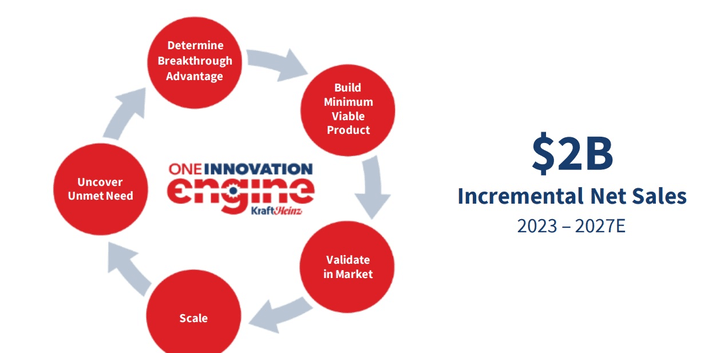
来源: Food Navigator
增长机会
- 品牌声誉:卡夫亨氏是一个全球品牌,其一系列受欢迎的产品多年来一直是家庭和杂货店的必备品。这些产品使卡夫亨氏受益于强大的客户忠诚度和规模经济。
- 投资新产品:这家总部位于芝加哥的制造商计划推出更多植物性产品以及一系列酱汁,与 Beyond Meat 和 Impossible Foods 竞争。此外,它还与厨师和鸡肉品牌合作,以提升其包装食品产品并吸引更多顾客。
- 战略收购:卡夫亨氏仍然收购公司以扩大其在新兴市场的影响力。例如,它收购了拥有107年历史的Hemmer公司,从而进入了巴西调味品市场。最近,该公司还将其欧洲收购的 Just Spices 业务扩展到了美国市场。
未来展望和扩展
KHC 在过去 3 年中成功地将每股收益 (EPS) 增长了 9.9%,并计划继续持续预测未来 10 年的消费者趋势。前首席执行官 Miguel Patricio 指出,卡夫亨氏已有 124 名员工致力于颠覆性创新,以推动公司朝着正确的方向发展,并扩大其在新兴市场的地位。为此,卡夫亨氏与 BEES 合作,增加其在哥伦比亚、墨西哥和秘鲁的分销点,并增加向该地区零售商提供的产品。 KHC 还预计食品服务将成为全球增长的驱动力,并正在为此奠定基础。例如,该公司正在与快餐店 (QSR) 建立合作伙伴关系,并采用厨师主导的餐饮服务销售模式,以占领北美市场和海外市场份额,这可能会在未来 4 年内将年净销售额增加 10%。< /p>
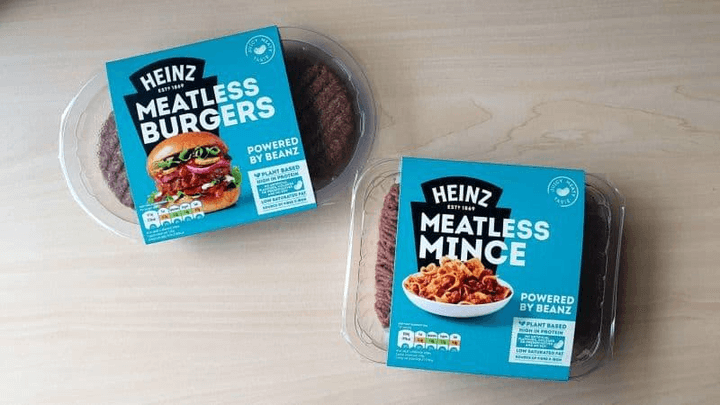
来源:Bright Green Partners
整个植物性食品行业预计到 2023 年将增长至 359 亿美元,这是包括卡夫亨氏在内的大多数食品公司都希望进入的行业。在接下来的几年中,KHC 将推出新产品,如无肉鸡块、汉堡、汤、冷冻食品和肉末,所有这些产品均由黑豆、芸豆和意大利卷等各种豆类制成。它与科技初创公司 StartLife 和 TheNotCompany 的合作也将推动植物性食品领域的发展,以相同的质量和口味生产其最受欢迎的产品的植物性版本。
随着卡夫亨氏实现其计划,分析师预计 2026 年其收入和每股收益将分别增至 284.3 亿美元和 3.38 美元。与 2023 年预计收入和每股收益 270.8 亿美元和 2.90 美元相比,这并不算太大的增长,但卡夫公司需求是显示出长期的持续增长。
KHC 股票交易策略
波段交易:要波段交易 KHC 股票,您需要开仓数天甚至数月才能从预测的价格趋势中获利。开仓时间如此之长将使您面临隔夜和周末风险,因为趋势可能在一夜之间发生变化。然而,如果操作正确,波段交易可以带来非常丰厚的利润,单笔交易可带来 5-10% 的利润。
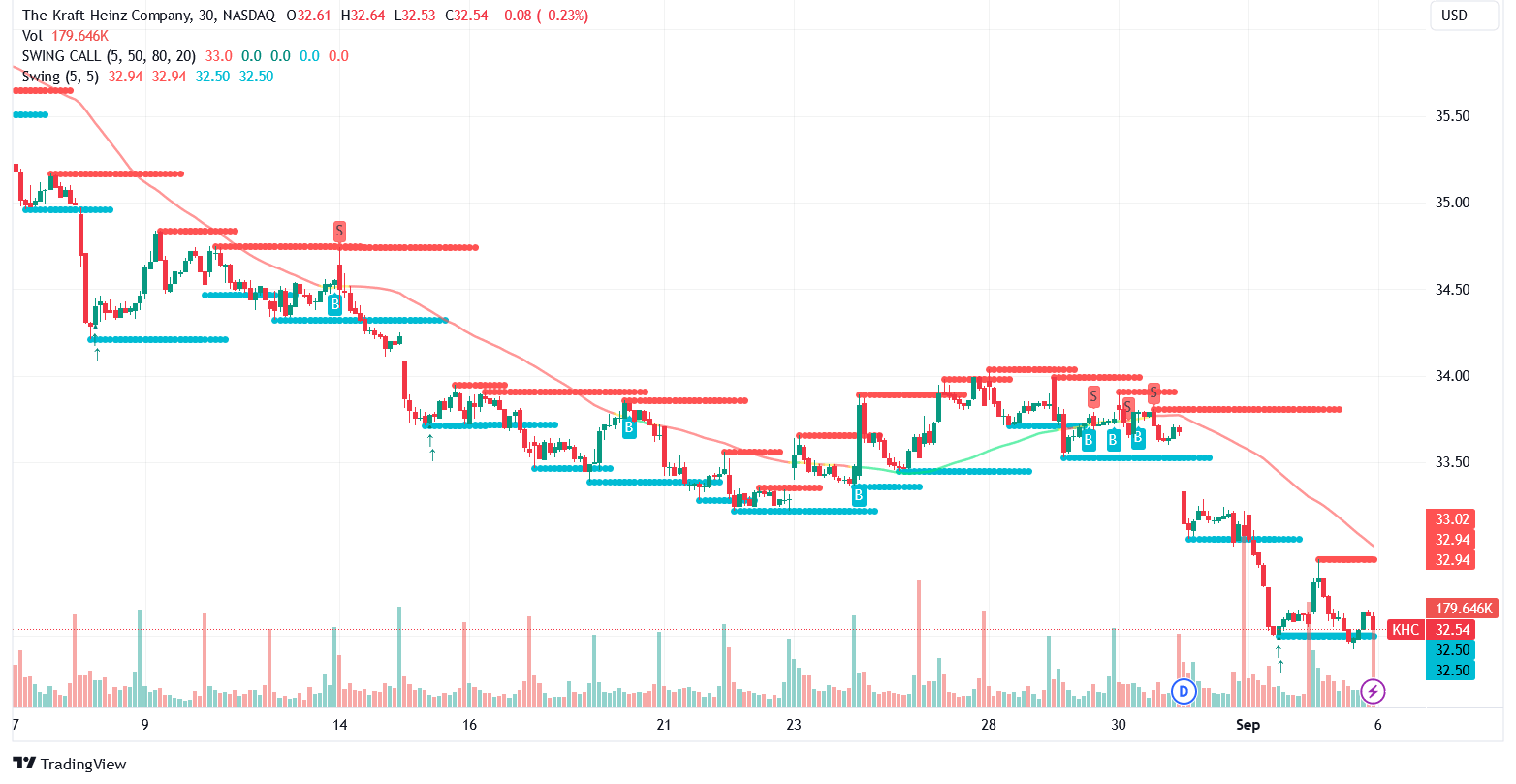
差价合约交易:如果使用正确的经纪商和工具,差价合约交易与波段交易一样有利可图。通过这种交易策略,您不必拥有卡夫亨氏股票即可从中受益。相反,您可以根据指定时期内 KHC 股票价格的涨跌进行交易。
大多数差价合约交易合约通常持续时间不到一天,但在持续期间,您可以通过使用杠杆进行交易,从而获得大量的市场敞口。然而,与其他交易策略一样,差价合约交易也存在一定程度的风险。因此,在交易时实施差价合约风险管理技术非常重要。
日间交易:日间交易可能是卡夫亨氏股票交易最流行的方式。使用这种交易策略,您可以在24小时内买卖KHC股票并全天赚取小额利润。大多数交易者选择兼职做这件事作为额外的收入来源。
每日交易的最佳时间是交易日的前几个小时和最后一个小时,因为股市非常繁忙。如果您还没有完全准备好进行当日交易,您始终可以通过使用具有 VSTAR 等经纪商提供的实时数据的演示平台来增强您的技能。
在VSTAR 交易 KHC 股票差价合约
通过 VSTAR 交易 KHC 股票差价合约,交易者能够以低至 50 美元的价格利用利润丰厚的市场,从而降低了进入门槛。但无论您的资金多少,VSTAR 在您进行交易时都不收取任何费用,同时提供交易工具来帮助您做出准确的预测。
为了让交易者扩展市场知识,VSTAR 通过免费的播客和教育内容涵盖了广泛的交易主题。
准备好将您的交易潜力提升到新的水平了吗?只需 5 个简单步骤即可开始:
- 访问 VSTAR 网站开设帐户或下载应用程序。
- 填写您的电子邮件和电话号码
- 上传所需文件以验证您的身份
- 使用任何支付平台存入资金:Skrill、Visa、Mastercard、Tether 和 Perfect Money
- 选择 KHC 股票差价合约作为您的首选交易工具并开始交易!
结论
过去的5年考验了卡夫亨氏作为一家公司的实力。其股价持续下跌,收入增长相当停滞,投资者情绪相对中性。通货膨胀加剧了这种情况,导致消费者放弃卡夫亨氏产品并寻求更实惠的替代品。尽管如此,卡夫亨氏仍拥有坚实的品牌和值得信赖的产品。该公司成功地提高了价格,没有引起太大的反对,随着资产负债表的改善,其成本削减措施也取得了一些成果。它也是一种支付股息的股票,您在做出任何投资决策时可能需要考虑这一点。
但是,建议推迟任何重大投资,直到公司解决短期挑战并开始执行创新计划。







